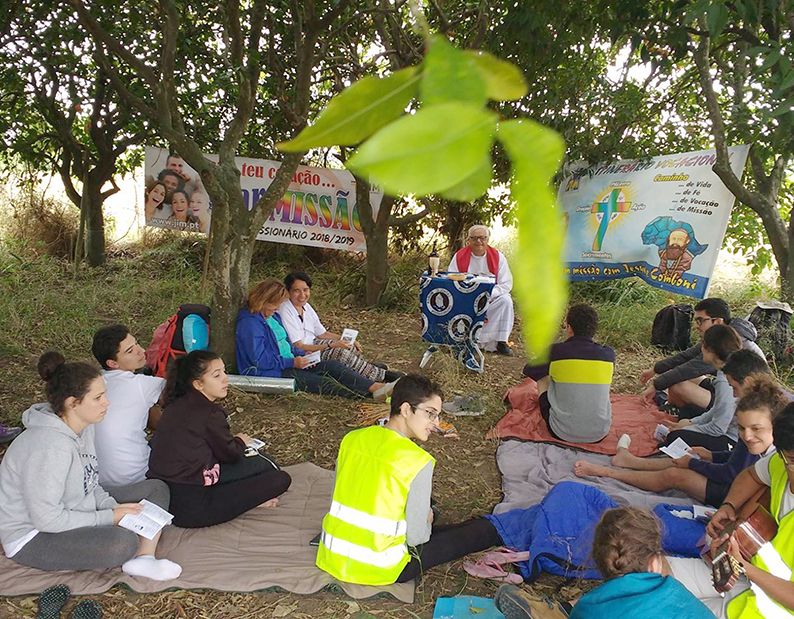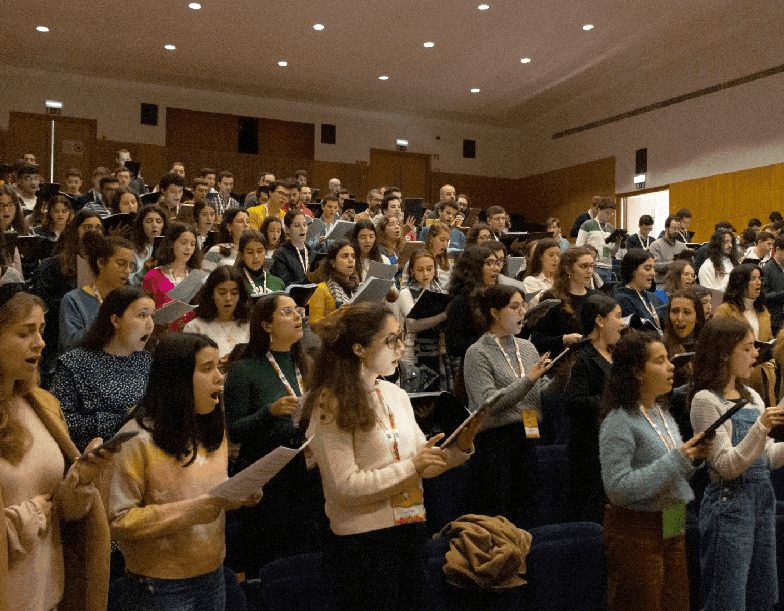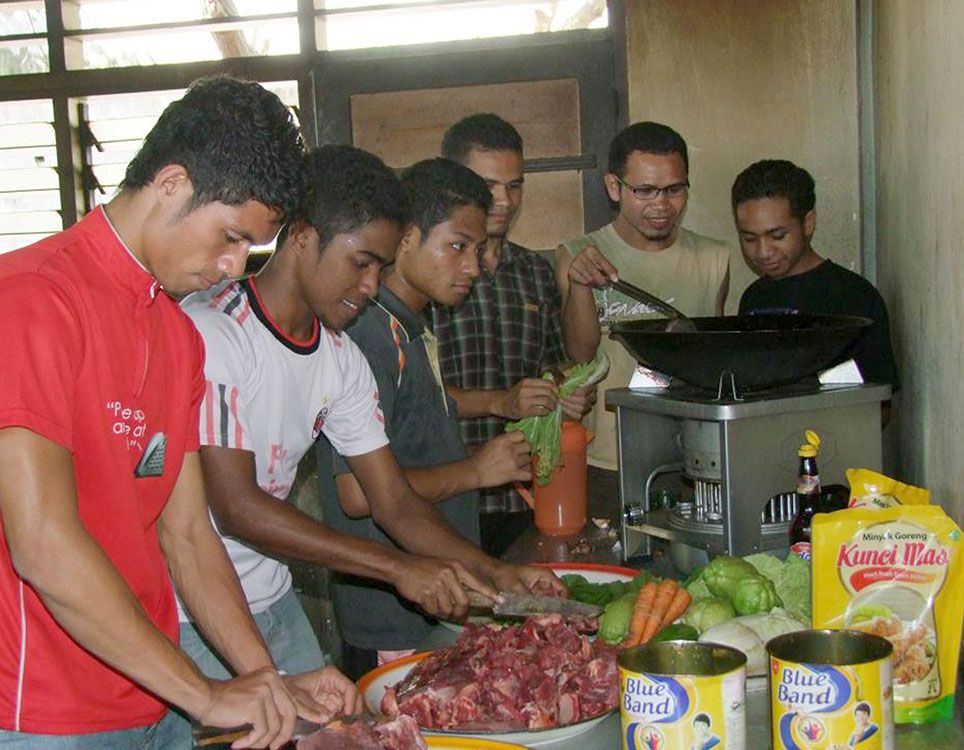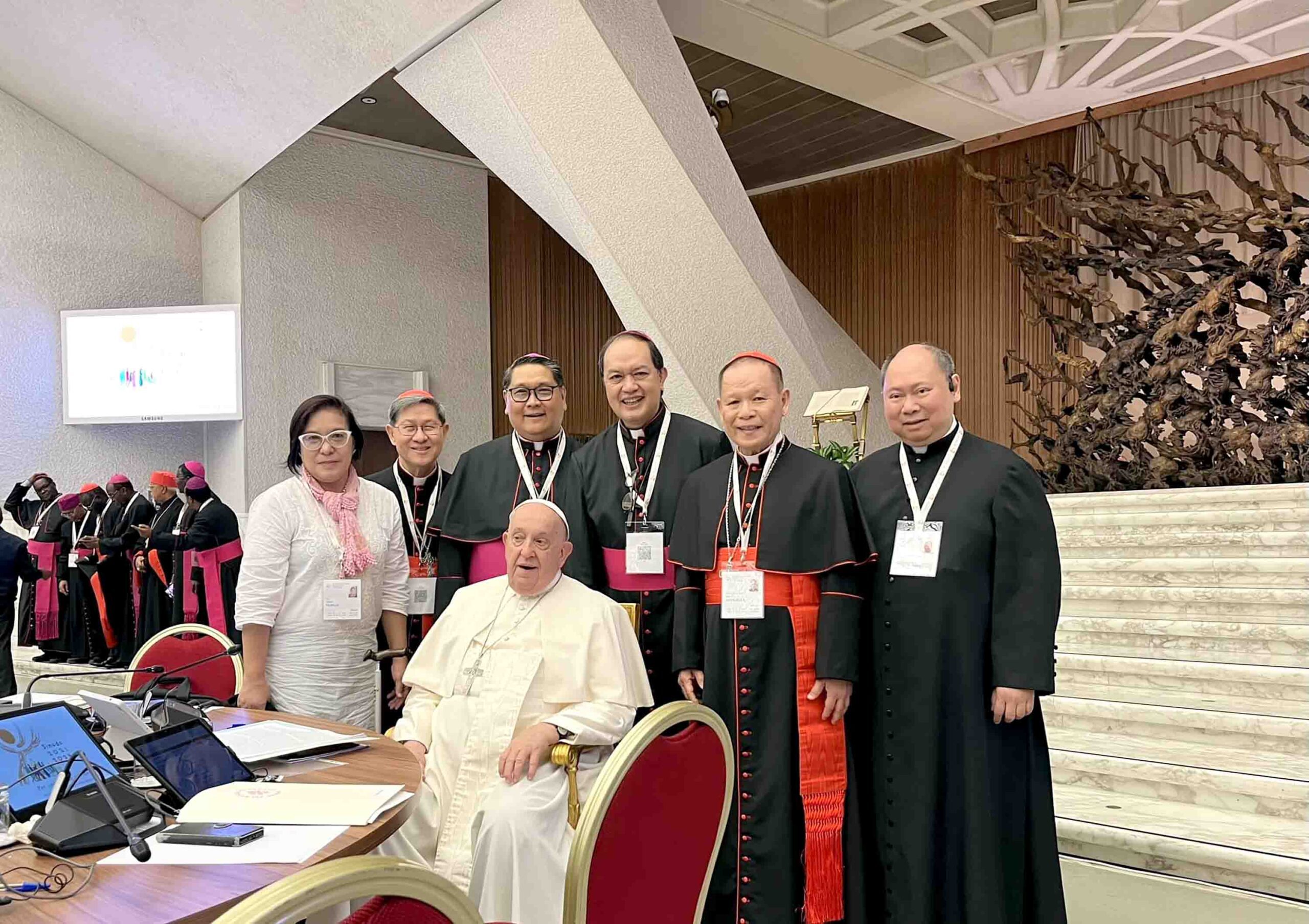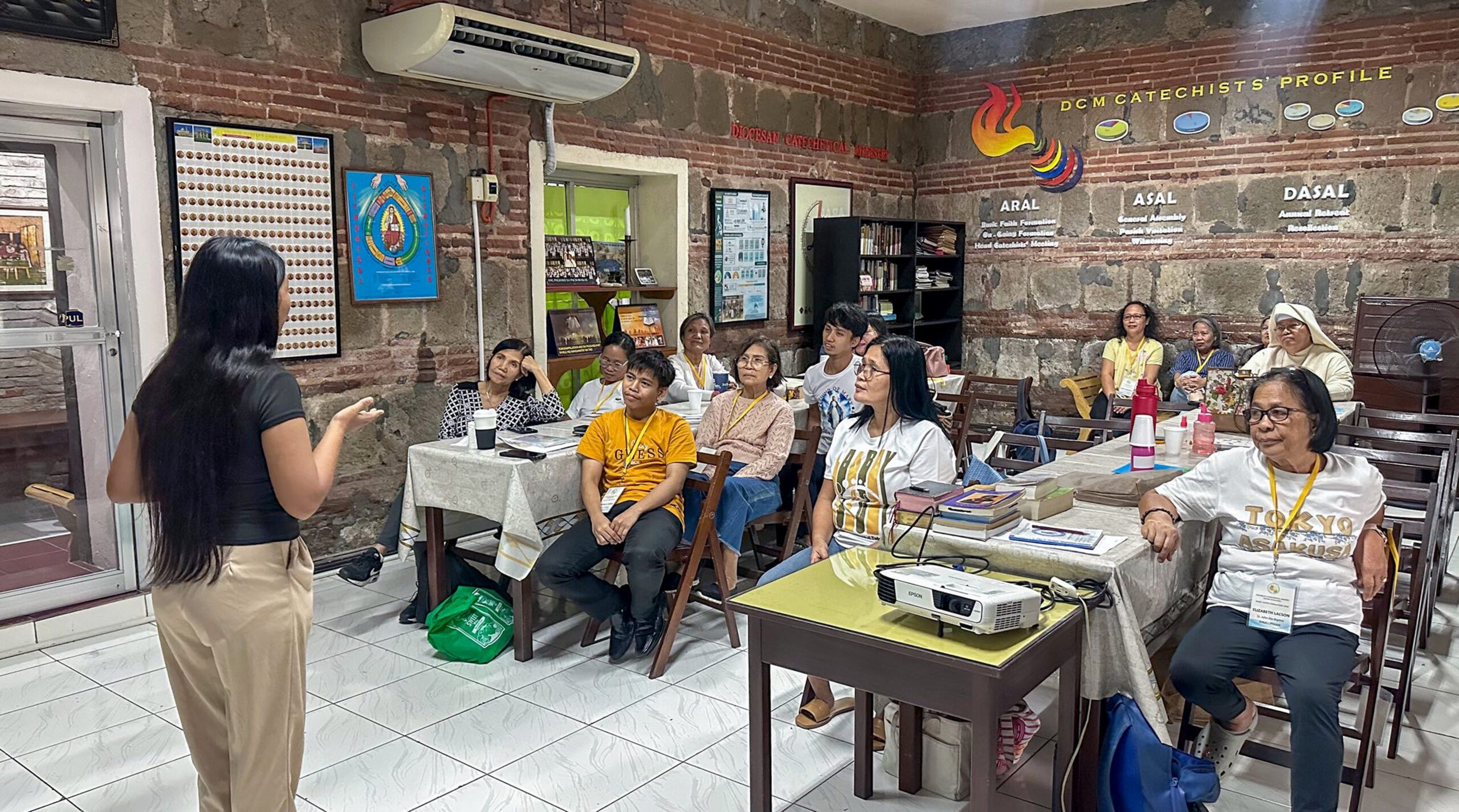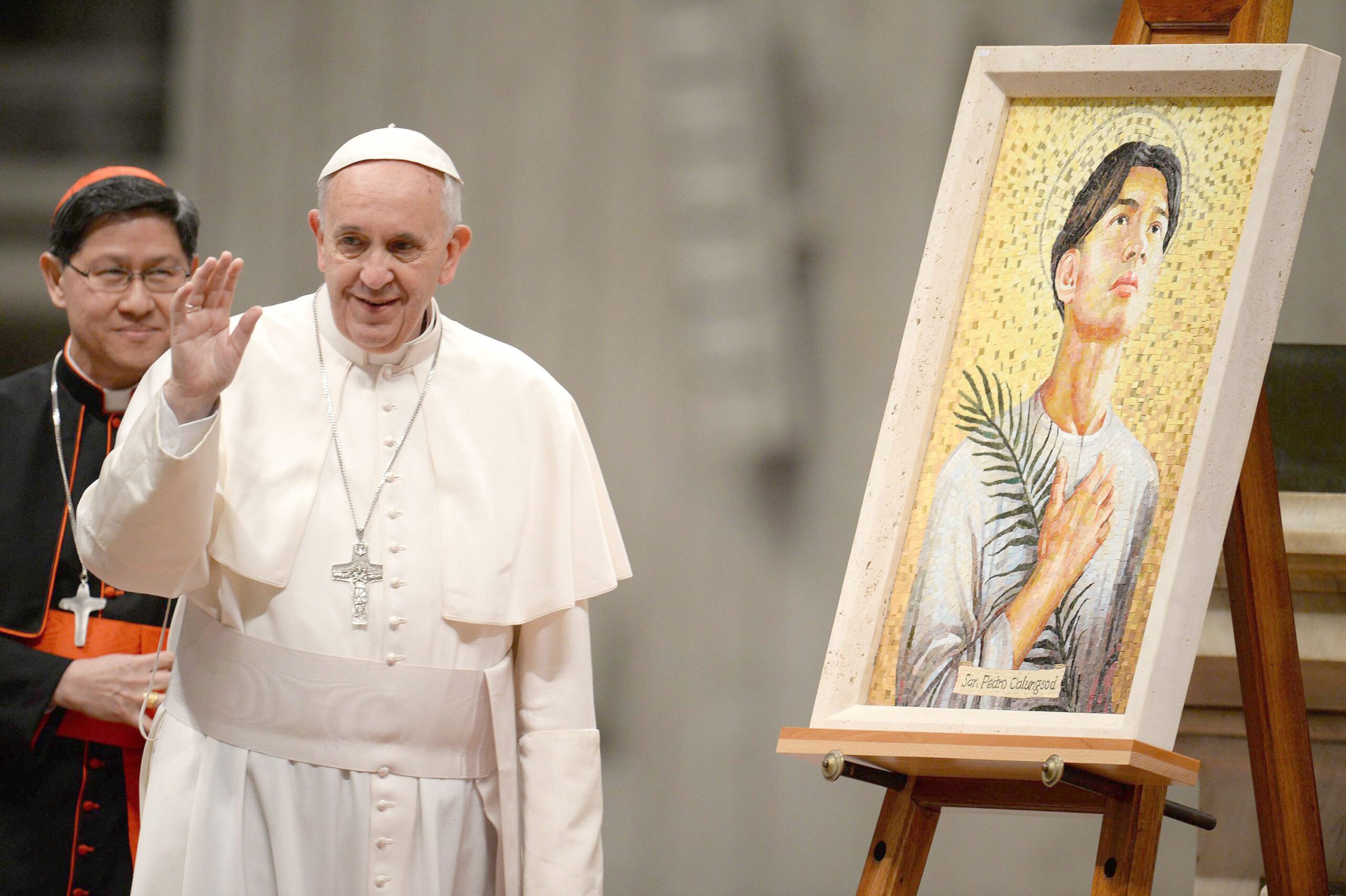The inviting document is presented in nine chapters, roughly corresponding to the pastoral method of “see, judge, act” or, in the framework of the Asian bishops, “dialogue, discernment, deeds.” Succinctly presented, the first three chapters present “observations” (scriptural, theological, sociological); the middle three chapters offer an “assessment” (spiritual, developmental, generational); and the final three chapters focus on “action” (pastoral, missionary, synodal). Taken together, Christus Vivit constitutes a magna carta for youth and pastoral ministry.
Christological Emphases. Several rich themes emerge from a comprehensive review of this lengthy document (100+ pages). There is a clear emphasis on Christ. Francis asserts: “Christ is alive! He is our hope, and in a wonderful way he brings youth to our world. The very first words, then, that I would like to say to every young Christian are these: Christ is alive and he wants you to be alive” (1).
“He is in you; he is with you and he never abandons you. However far you may wander, he is always there, the Risen One. He calls you and he waits for you to return to him and start over again. When you feel you are growing old out of sorrow, resentment or fear, doubt or failure, he will always be there to restore your strength and your hope” (2). The Church should not be “excessively caught up in herself, but instead, and above all, reflect Jesus Christ” (39). “In Jesus, all the young [indeed everyone] can see themselves” (31).
Church: An Open Community. What vision of the Church emerges in Christus Vivit? Pope Francis explores the relationship between the young and the entire People of God, both pastors and faithful. There is not a separate “Church of the young” or a “Church with the young and for the young.” There exists a single community, the Church—and the young are living and creative members of this one body.
Pope Francis emphasizes the importance of synodality (walking together) in the Church. All segments of the Church (young, old, lay, ordained, religious, married, etc.) are to collaborate in building a better future—both in the Church and in society at large.
Francis also speaks on specific issues. For example, he invites the entire Church to reach out to migrants, following a balanced approach to this often-divisive issue. He also encourages young people through media to share the beauty of their own personal experience of encounter with Christ, an important avenue to build up Christ’s Church.
Gospel Insights. Francis explores Scripture in this pastoral letter, written “with great affection” (3). He writes: “In the Gospel of Mathew, we find a young man (Mt 19:20-22) who approaches Jesus and asks if there is more that he can do; in this, he demonstrates that youthful openness of spirit which seeks new horizons and great challenges. Yet, his spirit was really not that young, for he had already become attached to riches and comforts. He said he wanted something more, but when Jesus asked him to be generous and distribute his goods, he realized that he could not let go of everything he had…. He had given up his youth” (18).
Also, in Matthew (25:1-13), the Gospel “speaks about a group of wise young women, who were ready and waiting, while others were distracted and slumbering.” The Pope notes: “We can, in fact, spend our youth being distracted, skimming the surface of life, half-asleep, incapable of cultivating meaningful relationships or experiencing the deeper things in life. In this way, we can store up a paltry and unsubstantial future. Or we can spend our youth aspiring to beautiful and great things, and thus store up a future full of life and interior richness” (19).
Concluding Reflections. Presented in a unique style expressive of closeness, frankness, simplicity, tenderness, and warmth, Pope Francis in Christus Vivit is eliciting our personal response. With pastoral boldness, Francis is inviting all in the Church to become a serving Church, one that is not silent or afraid to speak to pivotal issues facing the world today. This means fostering a humble community that listens, particularly to the insights of the youth.
Francis asks all to turn to Mary as “the supreme model for a youthful Church that seeks to follow Christ with enthusiasm and docility” (43). We can only meet these many challenges, if we personally “encounter each day your best friend, the friend who is Jesus” (151). Obviously, Pope Francis is speaking from his heart to our hearts, inviting us to strive to be “open-hearted” missionary-disciples!
James H. Kroeger, MM, has served mission in Asia (Philippines and Bangladesh) for over five decades. He recently completed a new book, Walking with Pope Francis: The Official Documents in Everyday Language, a synthesis-popularization of ten of Pope Francis’ pivotal documents from 2013-2022. It is available from the Paulines publisher in the Philippines.

